Emergence of higher performance of
materials by controlling
molecular arrangement
Our research program centers on the development of highly functionalized and high-performance organic materials through molecular engineering. Specifically, we aim to gain a fundamental understanding of designing such materials. Our approach involves manipulating the higher structure, encompassing both the molecular aggregation within the materials and the primary structure of the molecules. Based on this fundamental concept, the Tsutsumi group focuses on the following areas of study:
- Molecular arrangement in materials
- Nano-material arrangement using small organic molecules
- Identification of emergent functions resulting from the manipulation of molecular aggregations
Organometallic Compounds: Controlling Luminescence Behavior through Liquid Crystallinity
Molecules containing a gold atom (Au) exhibit luminescence through intermolecular interactions known as "aurophilic interactions." In these compounds, we can exert control over the luminescent properties, such as intensity, color, and polarization, by manipulating the aggregated structure of the Au complexes. Our group has successfully developed several types of Au complexes, some of which possess liquid crystallinity. By leveraging phase transitions, we have demonstrated the capacity to regulate the color and intensity of luminescence emitted by these complexes.
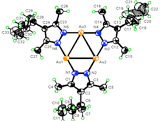
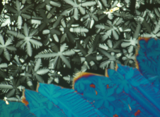




Inorganic Liquid Crystals: Controlling Aggregated Structures of Metal Oxides
Polyoxometalates, which are huge molecules composed of metal oxides, can be considered as inorganic polymers with a simple, small repeating unit. In our research, we have introduced an organic compound containing flexible, long alkyl chains to modify the aggregated structure of the giant-ring type polyoxometalate. Our investigations have revealed the formation of a nano-channel array structure in the crystal of the giant-ring type polyoxometalate by incorporating organic molecules. Furthermore, the introduction of organic molecules has led to the manifestation of liquid crystalline behavior in the polyoxometalate. Leveraging these findings, we have successfully developed novel liquid crystal materials based on inorganic compounds.
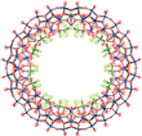
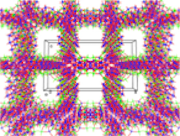
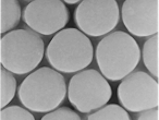
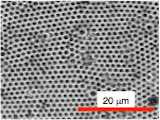
Metal Nanoparticles Modified by Liquid-Crystalline Molecules
Metal nanoparticles possess distinct and fascinating properties. Our research revolves around the development of gold nanoparticles that are modified with liquid-crystalline molecules on their surfaces. The primary objective is to regulate the aggregated structure of these nanoparticles. Our findings thus far indicate the formation of one-dimensional or two-dimensional ordered structures. Furthermore, we have observed that the alignment of the nanoparticles can be guided by the alignment regulation force exerted by the substrate surface.
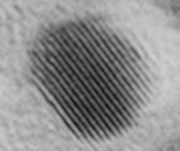
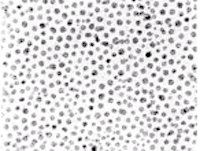
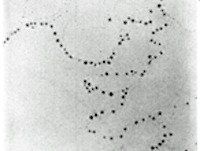
Photoresponsive liqiud crystals
We are developing liquid crystalline molecules with photochromic nature (Photochromic Liquid Crystals). We have found that the response of the Photochromic Liquid Crystals to the light is 10,000 times as fast as the response to the electric field. We have also demonstrated that the phenomena can be applicable to the optical storage, optical switching, and holograms. Recently, we are applying the polymeric Photochromic Liquid Crystals to the MEMS (Micro Electro Mechanical System) devices, and have fabricated rapidly photoresponsive optical-wave guides.
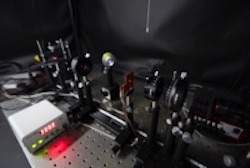
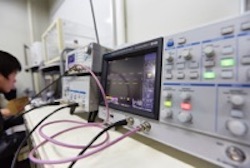
Laboratory of
Polymer Materials Chemistry
The Tsutsumi Research Group,
Department of Applied Chemistry
Ritsumeikan University
Copyright © 2007· All Rights Reserved·